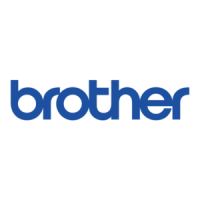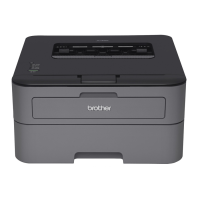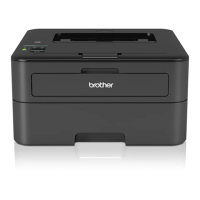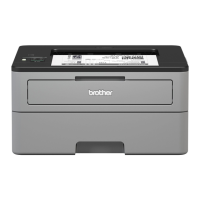2-1
Confidential
CHAPTER 2 ERROR INDICATIONS &
TROUBLESHOOTING
1. INTRODUCTION
Troubleshooting is a collection of solution procedures that service personnel should follow if
an error or malfunction occurs in the machine. It is difficult to determine troubleshooting
procedures for all possible problems that may occur in the future. Therefore, this chapter
describes typical problems and recovery procedures for these. These will help service
personnel identify and repair other similar defective sections.
1.1 Precautions
Be sure to observe the following precautions to prevent any secondary problems occurring
during troubleshooting:
(1) Be sure to unplug the power cord before removing any covers or PCBs, adjusting the
machine, or conducting continuity tests using a tester.
(2) Do not hold the cable when connecting or disconnecting the cable. Be sure to hold the
connector.
(3) Static electricity charged in your body may damage electronic parts.
Before handling the PCBs, touch a metal section of the machine to discharge static
electricity. When transporting PCBs, be sure to wrap them in conductive sheets.
When replacing the PCBs, wear a grounding wrist band and perform replacement on an
antistatic mat.
Also take care not to touch the conductor sections on the flat cables.
(4) Be sure to always observe all warnings.
(5) After repair is completed, check that the repaired sections, including those removed
once and then remounted, operate normally.
Warning
Hazard labels as shown below are attached to the machine. Fully understand the
descriptions on the hazard labels and observe them during troubleshooting. Take
extreme care not to remove or damage the hazard labels.
Warning
DO NOT use any flammable spray or flammable solvent such as alcohol, benzine,
or thinner in or around the machine. Otherwise a fire or electric shock may result.
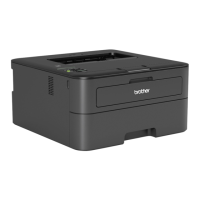
